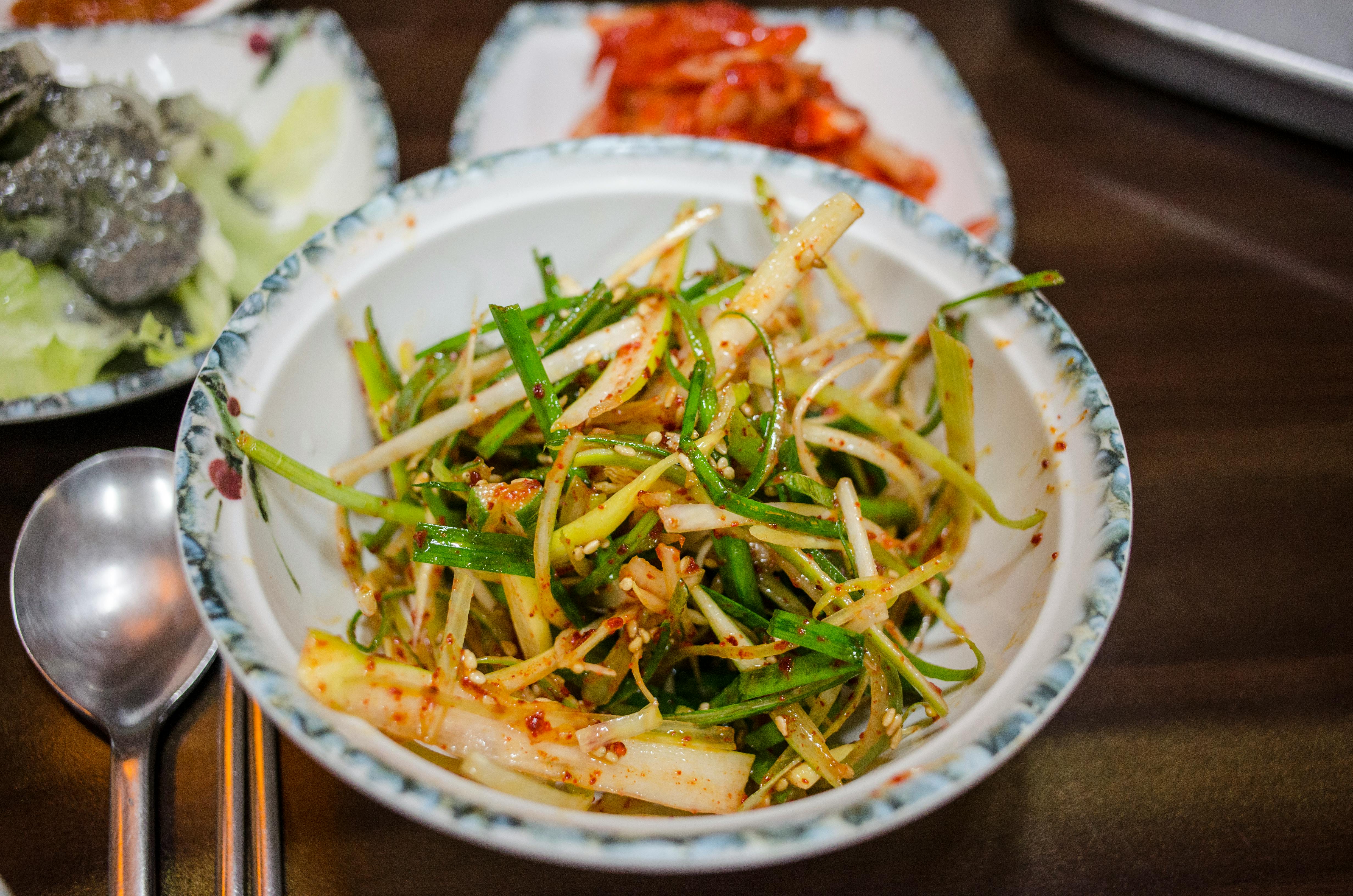Unveiling the Delights of Georgian Cuisine: A Gastronomic Adventure
Georgian cuisine, a hidden gem in the culinary world, is a flavorful fusion of East and West. It's an undiscovered treasure trove of comfort foods, luscious wines, and unique cooking techniques that are waiting to be explored. Let's embark on a gastronomic journey into the heart of Georgia, uncovering the country's rich culinary heritage and the innovative ways in which it's being reimagined today.

A Taste of History
The history of Georgian cuisine is as rich and varied as its flavors. Influenced by the Silk Road, Georgian food has absorbed elements from Greek, Persian, and Russian cuisines, among others. Its unique blend of spices, such as blue fenugreek, marigold, and coriander, set it apart from its neighbors. Traditional dishes like Khinkali (soup dumplings), Khachapuri (cheese-stuffed bread), and Satsivi (walnut sauce) have endured centuries and are still loved today.
Georgian Wine: The Liquid Gold
Georgia is often referred to as the birthplace of wine, with a tradition dating back over 8,000 years. Utilizing an ancient technique of fermenting grapes in clay pots called qvevri, Georgian wine offers a unique taste that sets it apart from its counterparts. The country boasts more than 500 grape varieties, making it a wine lover’s paradise. Contemporary Georgian winemakers are innovatively experimenting with these varieties, creating a perfect blend of traditional and modern tastes.
The Supra: More Than a Meal
The Georgian Supra, or feast, is an integral part of the country’s culinary tradition. It’s not just a meal but a social event, an expression of Georgian hospitality and culture. A Supra is led by a ‘Tamada’ or toastmaster, who guides the guests through a series of toasts, stories, and songs. It’s a testament to the Georgians’ love of food, wine, and camaraderie.
Unusual Ingredients and Techniques
Georgian cuisine is marked by its use of unique ingredients and cooking techniques. Walnuts, pomegranates, and plums are staple ingredients, providing a delightful contrast of flavors. Techniques like slow-cooking meats in clay pots or baking bread in a traditional tandoor oven lend a distinct taste to Georgian dishes.
Fusion and Innovation: The Future of Georgian Cuisine
Contemporary Georgian chefs are pushing the boundaries of the traditional cuisine, incorporating modern techniques and international influences. Yet, they still maintain a strong connection to their roots, using local ingredients and traditional recipes. This fusion of old and new is ushering in a new era for Georgian cuisine, making it a rising star in the global culinary scene.
- Georgian cuisine is characterized by its use of unique spices, such as blue fenugreek and marigold.
- Georgia is known as the birthplace of wine, with a winemaking tradition dating back over 8,000 years.
- The Georgian Supra is a feast that serves as a social event and a testament to Georgian hospitality.
- Traditional cooking techniques, like slow-cooking in clay pots and baking bread in a tandoor oven, are key to Georgian cuisine.
- Contemporary Georgian chefs are blending traditional recipes with modern techniques and international influences.
Conclusion
Georgian cuisine, with its unique flavors, age-old traditions, and innovative spins, offers a culinary experience unlike any other. Whether it’s the comfort of Khachapuri, the joy of a Supra, or the intoxicating allure of Georgian wine, this cuisine is sure to delight and inspire. As Georgian cuisine continues to evolve and innovate, it promises to offer even more exciting culinary adventures in the future.




